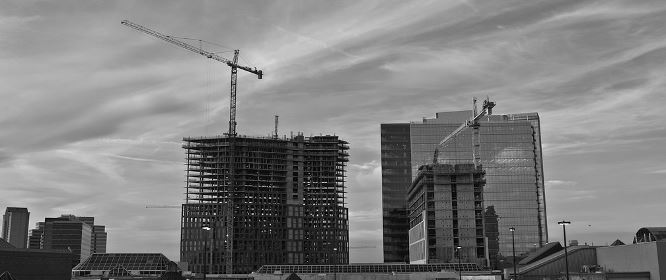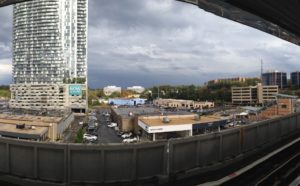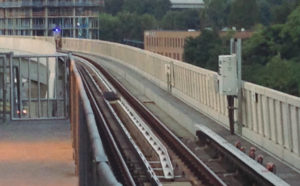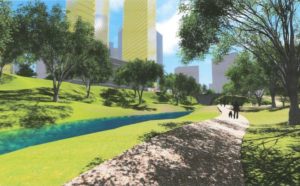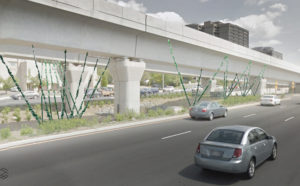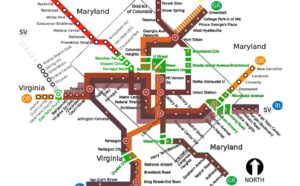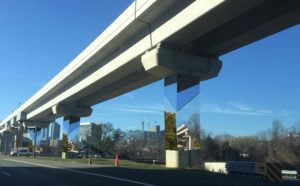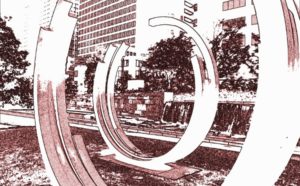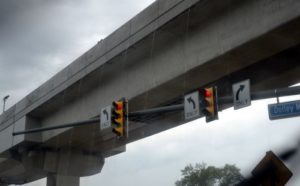If you haven’t read the local news lately there has been a heated debate going on about whether the Silverline and Tysons are a failure, one year after the open of the Silverline Phase 1. The genesis of the debate was the ridership data released by WMATA about the new line in comparison to the first year projections included in the original Federal project analysis documents.
As a primer to this discussion, planning numbers are not meant to be instantaneous metrics of project success or failure. Whether the Silverline today is above or below an arbitrary guestimate is fairly meaningless. What is important is trends when viewing these kinds of things and not for the purpose of defending absolute statements, but rather to measure what is working and what needs fixing.
It’s not shocking that three different publications, with three different perspectives and analysis strengths came to three rather different conclusions on the subject.
WaPos story on the Silverline largely focuses on macroeconomics and regional impact, in line with the subject expertise that they are familiar with. The Silverline is therefore both lagging behind in someways (lower ridership in Tysons) but also succeeding in others (higher ridership in the commuter suburbs and intense growth in development). If WBJ, the Wallstreet Journal, or Bloomberg had done a similar story it would have likely come to the same conclusions.
WAMU’s analysis came from a leading transportation journalist in our region. No wonder the the ridership numbers were therefore placed in the context of failing support infrastructure, something that many commuters and residents experience on a daily occurrence when trying to get to metro.
Lastly was Citylab’s analysis. Citylab is one part urban wonk journalism one part public policy debate. This may be the most well rounded of the three articles, at least from the perspective of those who have been following the changes, both negative and positive, in Tysons.
Perhaps goals were set too high, expectations a bit too ambitious with regard to how quickly the transformation in Tysons would occur. Decades of terrible decisions take a long time to unravel and correct, but even the most hardened contrarian to the transformation must admit that changes might not be perfect but they are improving Tysons. Where we once had a surface parking lot along a pseudo highway, we now have a a really great public space that hosts concerts and events above a pseudo highway.
Would it be better to have traditional proper design? Yes, but I still wouldn’t want to have the surface parking lot in it’s place. Indeed improvements are happening in Tysons and the economics and interest in the area has not waned. These are the important elements in the discussion. What is the case after one year is just that, a point of reference of one year. The trajectory of Tysons remains good and I ultimately believe the experiment will be a success.

